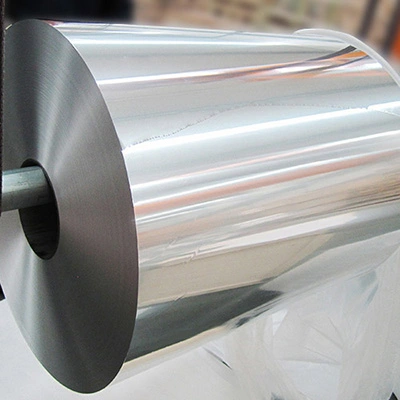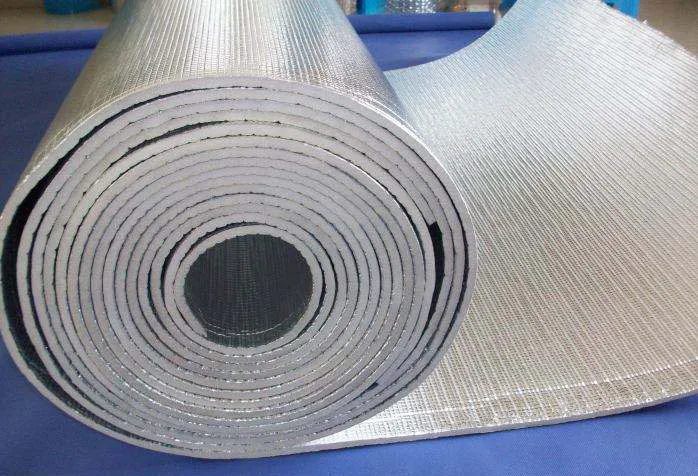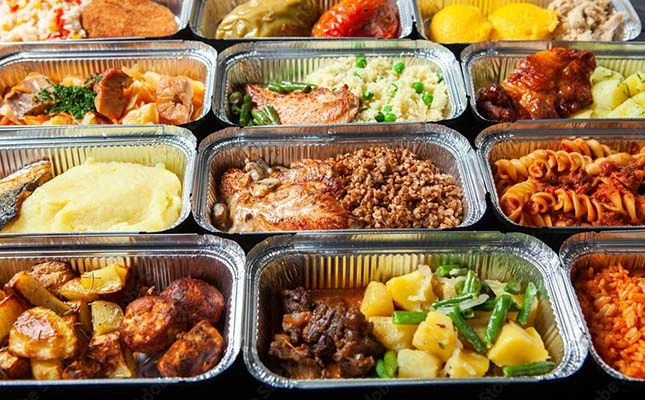Aluminum foil sheet originated in the early 19th century – The story of aluminum begins with its discovery in the early 19th century. In 1825, Swedish chemist Hans Christian Oersted discovered the presence of aluminum while experimenting with aluminum chloride. This breakthrough discovery quickly attracted the attention of scientists and inventors around the world.

Early Origins Of Aluminum Foil Sheet:
The invention of aluminum foil sheet is attributed to American chemist Charles Martin Hall. In 1888, he developed an innovative electrolytic process for aluminum production, making it commercially viable.

Aluminum foil paper was first produced in France in 1903. Inspired by Hall’s breakthrough, industrious Swiss engineer Robert Victor Neher patented aluminum foil sheets in 1907. In 1911, a brand in Bern, Switzerland began packaging chocolate bars in aluminum foil sheets. Its unique triangular packaging is still widely used today. At that time, aluminum foil sheet was the most expensive packaging material and was only used for high-end packaging. Gradually it replaced tinfoil and became popular. In 1913, based on the success of aluminum smelting, the United States also began to produce aluminum foil papers, which was mainly used for high-end goods, life-saving supplies and chewing gum packaging.
Commercial Production Of Aluminum Foil Sheet:
Commercial production of aluminum foil sheets began in the late 19th century. Famous industrialist Andrew W. Mellon played a vital role by investing in aluminum foil plants, laying the foundation for the industry’s prosperity. In 1921, the United States successfully developed composite aluminum foil sheets cardboard, which was mainly used as decorative boards and high-end packaging folding cartons. In 1938, heat-sealable aluminum foil was introduced.

Aluminum foil paper quickly advanced as a military packaging material during World War II. Food packaging started using formed aluminum foil containers in 1948. Aluminum paper and composite materials made of aluminum and plastic first emerged in the 1950s. With the development of color printing technology in the 1970s, aluminum foil roll and aluminum-plastic composite packaging saw a period of explosive growth.

Aluminum foil sheet has undergone over a century of development to become a significant packaging material, and the European and American markets have reached a mature stage of growth. Flexible food packaging has substantially increased the amount of automation and mechanization in food production and has sped up the modernisation and socializing of people’s eating habits. In developed countries, food and beverages mainly use flexible packaging. Likewise, the pharmaceutical industry uses the barrier properties of aluminum foils to ensure the safety and effectiveness of medications.
In addition, aluminum foil has also entered the field of insulation applications. Its reflective properties make it the first choice for thermal and acoustic insulation in buildings and industrial environments. In addition, aluminum foil plays an important role in the electronics industry as a basic component of capacitors and provides electromagnetic shielding.
How Does Aluminum Foil Replace Tin Foil?
Mid-19th Century: The Beginning Of Industrial Production
In the mid-19th century, the industrial production of tin foil began. At that time, people discovered that tin foil had good barrier properties and corrosion resistance, and it was gradually used in the food packaging and pharmaceutical industries. The tin foil manufacturing process uses a rolling process where the tin metal is rolled into thin sheets, which are then cut and processed into foil. Tin foil during this period was mainly used for packaging and protection of high-end products.
Early 20th Century: Technological Improvements And Application Expansion
At the beginning of the 20th century, with the advancement of technology, the production process of tin foil was gradually improved, which improved production efficiency and reduced costs. This has prompted the further expansion of the application scope of tin foil, including tobacco packaging, alcoholic beverage bottle caps and food cans. The advantage of tin foil during this period is its excellent barrier properties, which can effectively protect products from factors such as oxygen, moisture and light.
Mid-20th Century: The Rise of Aluminum Foil
Aluminum foil, as a new type of metal foil material, began to emerge in the mid-20th century. Aluminum foil has lower cost and good plasticity, and its protective performance is equivalent to that of tin foil. With the improvement of aluminum foil production process and technological advancement, aluminum foil has gradually become a competitor of tin foil. At the beginning, aluminum foil was mainly used in packaging and cooking fields, gradually eroding the market share of tin foil in some application areas.
Modern Times: Wide Application Of Aluminum Foil
Over time, the application range of aluminum foil has further expanded. Aluminum foil is widely used in food packaging, household products, medicine, construction and electronics. At the same time, as awareness of environmental protection increases, aluminum foil is becoming more popular due to its recyclable properties. Aluminum foil has low production costs and has good properties, such as excellent barrier properties, lightness and plasticity. These factors have prompted aluminum foil to gradually replace tin foil in many fields.
Is Aluminum Foil Sheet Homogeneous or Heterogeneous?
Aluminum alloy foil sheet is a homogeneous material.
Aluminum foil is a thin sheet made of pure aluminum metal through a rolling process. Its composition and structure are uniform. It usually has a relatively uniform thickness with no obvious layering or areas of different composition.
In practical applications, the homogeneity of aluminum foil paper provides it with many advantages:
- Uniformity: The uniformity of aluminum foil gives it stable performance and reliable quality control during the packaging process. Whether in food packaging or pharmaceutical packaging, consistent thickness and composition ensure the effectiveness and protective properties of the packaging.
- Processability: The homogeneity of aluminum alloy foil sheet makes it easy to process and convert into different shapes of packaging products. It can perform processing operations such as cutting, folding, printing and forming to meet different packaging needs.
- Physical properties: The homogeneity of aluminum foil gives it specific physical properties, such as good thermal conductivity, oxidation resistance and barrier properties. These properties make aluminum foil sheets an ideal packaging material to protect food and pharmaceuticals from the outside environment.
Food Packaging Foil:

Food preservation and extended shelf life: Aluminum packaging foil can effectively block the intrusion of external gas, moisture and light, keeping the freshness and taste of food.
Prevent oxidation and external contamination: For foods that are prone to oxidation, aluminum foil sheets packaging can provide a good barrier to protect the food from oxidation and external contamination.
Pharmaceutical Foil:

Sealing and stability of drugs: Aluminum foil roll packaging can effectively protect drugs from moisture, light and oxygen, extending the shelf life of drugs.
Prevent the effects of light and moisture: Aluminum foil packaging has good shading and moisture-isolating effects on light and moisture, maintaining the quality and efficacy of the medicine.
Why Is One Side Of Aluminum Foil Shiny?
During the preparation process of aluminum foil, it is usually through continuous rolling and stretching to obtain the required thickness. During this process, the two sides of the aluminum foil will produce slight differences due to different contact and handling methods. The shiny side is passed through rollers or metal plates, and then processed and lubricated to make its surface relatively smooth and highly reflective. The other side is darker because it is in contact with the back of the roller or metal plate. Due to the effects of friction and pressure on the contact surface, the surface roughness of this side is relatively high and the light reflection ability is weak, so it presents a darker appearance. However, the shiny side and dark side of aluminum foil have no substantial impact on its performance. The use of aluminum foil is not affected by this difference in appearance, but is determined by its excellent performance.


